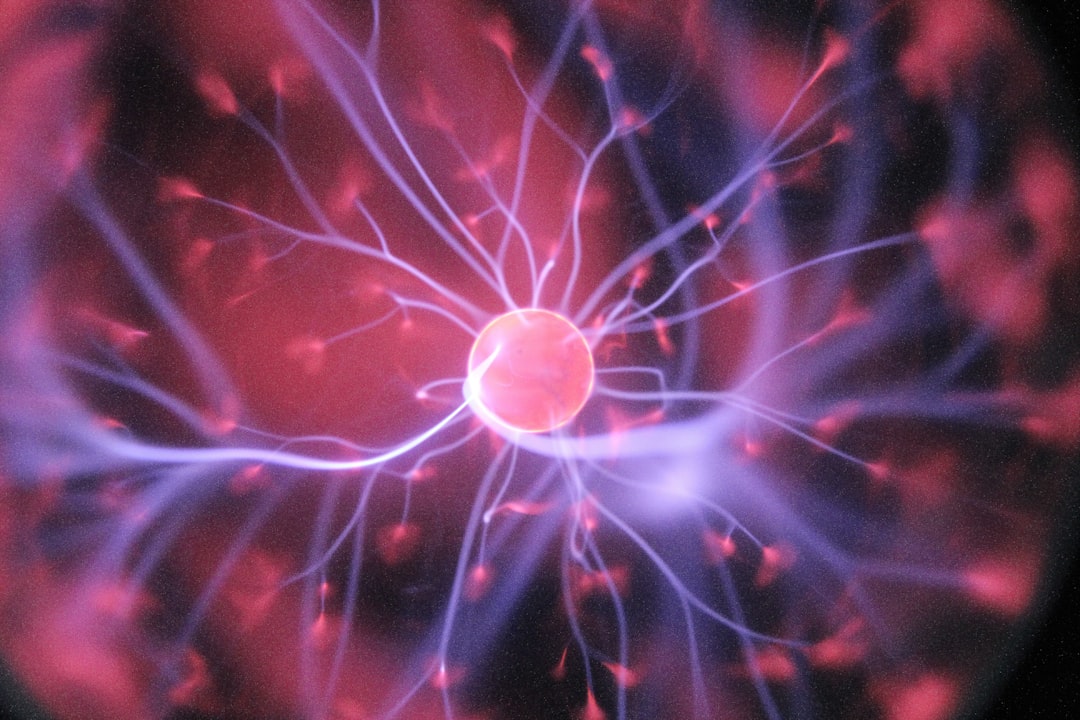What is it about?
The reverse transcriptase polymerase chain reaction (RT-PCR) is still the routinely used test for the diagnosis of SARS-CoV-2 (COVID-19). However, according to several reports, RT-PCR showed a low sensitivity and multiple tests may be required to rule out false negative results. Recently, chest computed tomography (CT) has been an efficient tool to diagnose COVID-19 as it is directly affecting the lungs. In this paper, we investigate the application of pre-trained models in diagnosing patients who are positive for COVID-19 and differentiating it from normal patients, who tested negative for coronavirus. The study aims to compare the generalization capabilities of deep learning models with two thoracic radiologists in diagnosing COVID-19 chest CT images. A dataset of 3000 images was obtained from the Near East Hospital, Cyprus, and used to train and to test the three employed pre-trained models. In a test set of 250 images used to evaluate the deep neural networks and the radiologists, it was found that deep networks (ResNet-18, ResNet-50, and DenseNet-201) can outperform the radiologists in terms of higher accuracy (97.8%), sensitivity (98.1%), specificity (97.3%), precision (98.4%), and F1-score (98.25%), in classifying COVID-19 images.
Featured Image

Photo by CDC on Unsplash
Why is it important?
We aim to investigate the generalization capabilities of both radiologists and deep learning networks in diagnosing COVID-19 and differentiating it from other chest diseases.
Perspectives
The results show that the radiologists failed to compete with deep learning networks in which networks achieved higher accuracy, sensitivity, specificity, precision, and F1-score than those achieved by the radiologists when tested on a small test set of images.
Mr Abdulkader saad Helwan
University of Malta
Read the Original
This page is a summary of: Radiologists versus Deep Convolutional Neural Networks: A Comparative Study for Diagnosing COVID-19, Computational and Mathematical Methods in Medicine, May 2021, Hindawi Publishing Corporation,
DOI: 10.1155/2021/5527271.
You can read the full text:
Resources
Contributors
The following have contributed to this page










